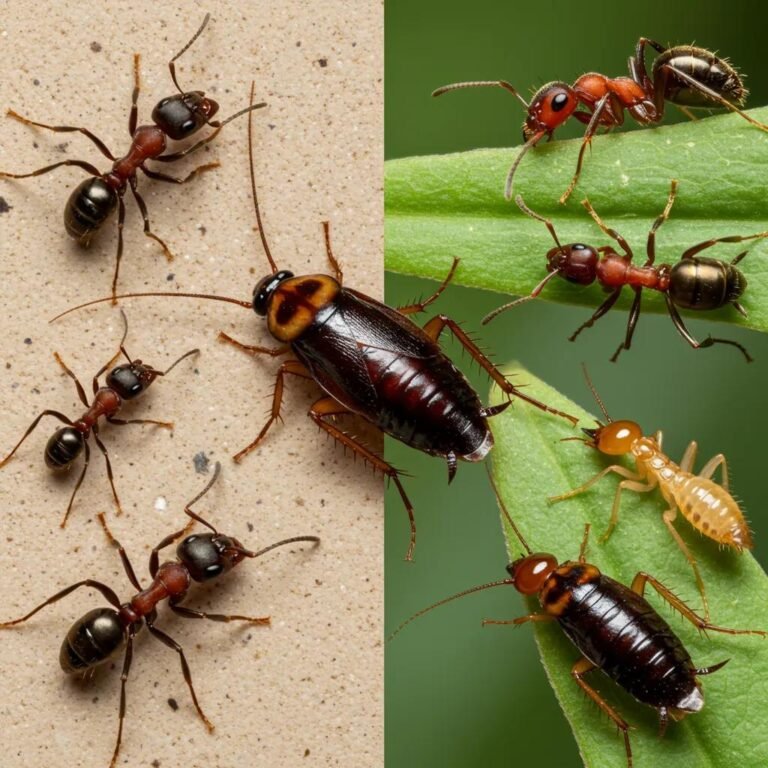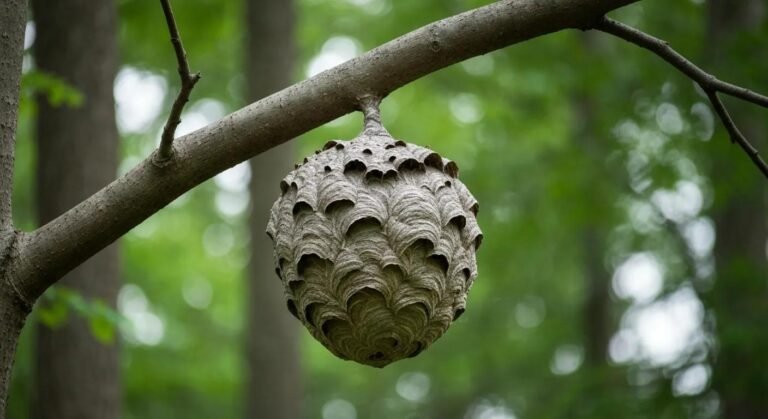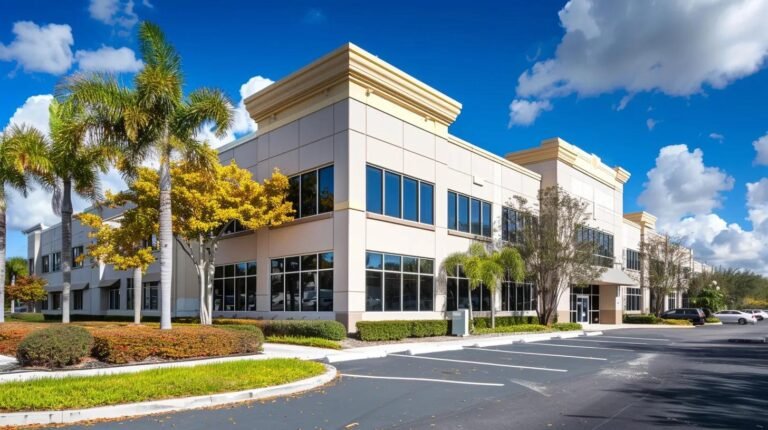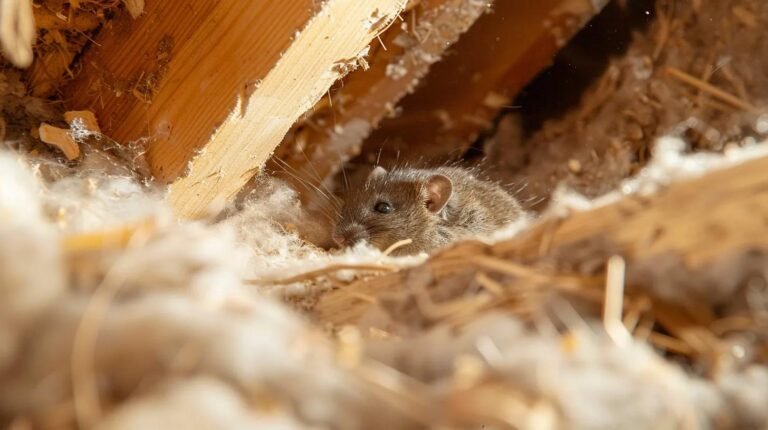As autumn arrives in South Florida, many homeowners breathe a sigh of relief thinking pest season is winding down. However, this misconception can lead to costly surprises. While many pests do become less active in cooler weather, termites operate on a different schedule entirely. Understanding why fall termite inspections are not just recommended but essential can save you thousands of dollars in structural damage and protect your most valuable investment.

The Hidden Truth About Fall Termite Activity
Contrary to popular belief, termites don’t simply disappear when temperatures drop. In South Florida’s subtropical climate, termites remain surprisingly active throughout the fall months. These destructive pests continue their relentless feeding and colony expansion, often working more aggressively as they prepare for the winter months ahead.
Subterranean termites, the most common species in Palm Beach and Broward Counties, maintain their activity levels well into fall. The soil temperature remains warm enough to support their movement, and the increased moisture from fall rains creates ideal conditions for termite tunneling. Meanwhile, drywood termites, which live entirely within the wood they consume, are completely unaffected by minor temperature fluctuations and continue their destructive work year-round.
The danger lies in the false sense of security that cooler weather provides. While you may notice fewer ants or mosquitoes around your property, termites continue their hidden assault on your home’s structural integrity. This makes fall an ideal time for comprehensive termite control measures, as early detection and treatment can prevent extensive damage.
Why Fall Inspections Reveal Critical Information
Fall termite inspections offer unique advantages that make them particularly valuable for South Florida homeowners. During this season, termite activity patterns shift in ways that make detection easier for trained professionals. The combination of environmental factors and termite behavior creates optimal conditions for thorough assessments.
As summer’s intense heat subsides, termites often move closer to the surface in their search for moisture and food sources. This behavioral change makes evidence of their presence more visible during professional inspections. Mud tubes, wood damage, and other telltale signs become more apparent as termites adjust their foraging patterns.
Additionally, fall weather patterns in South Florida create conditions that can reveal previously hidden termite activity. The alternating wet and dry periods typical of autumn can cause wooden structures to shift slightly, exposing termite damage that may have been concealed during more stable weather conditions. Professional inspectors take advantage of these seasonal revelations to provide more comprehensive assessments.
The timing also allows for strategic treatment planning. Identifying termite activity in fall provides homeowners with the opportunity to address problems before the peak activity periods of late spring and early summer. This proactive approach is far more cost-effective than reactive treatments after significant damage has occurred.
Protecting Your Investment Through Preventive Action
Your home represents your largest financial investment, and termites pose one of the most significant threats to that investment in South Florida. These silent destroyers cause billions of dollars in damage annually across the United States, with Florida consistently ranking among the states with the highest termite activity levels.
The financial impact of termite damage extends beyond repair costs. Untreated termite infestations can significantly reduce property values and create complications during real estate transactions. Many insurance policies exclude termite damage, making prevention and early detection even more critical for financial protection.
Fall inspections serve as an early warning system, identifying potential problems before they escalate into major structural issues. Professional pest control specialists can detect termite activity in its earliest stages, when treatment options are most effective and least invasive. This proactive approach can save homeowners thousands of dollars compared to addressing advanced infestations.
Beyond financial considerations, termite damage compromises the structural integrity of your home, potentially creating safety hazards for your family. Weakened wooden supports, damaged floor joists, and compromised foundation elements can lead to dangerous structural failures if left untreated.
Understanding South Florida’s Unique Termite Challenges
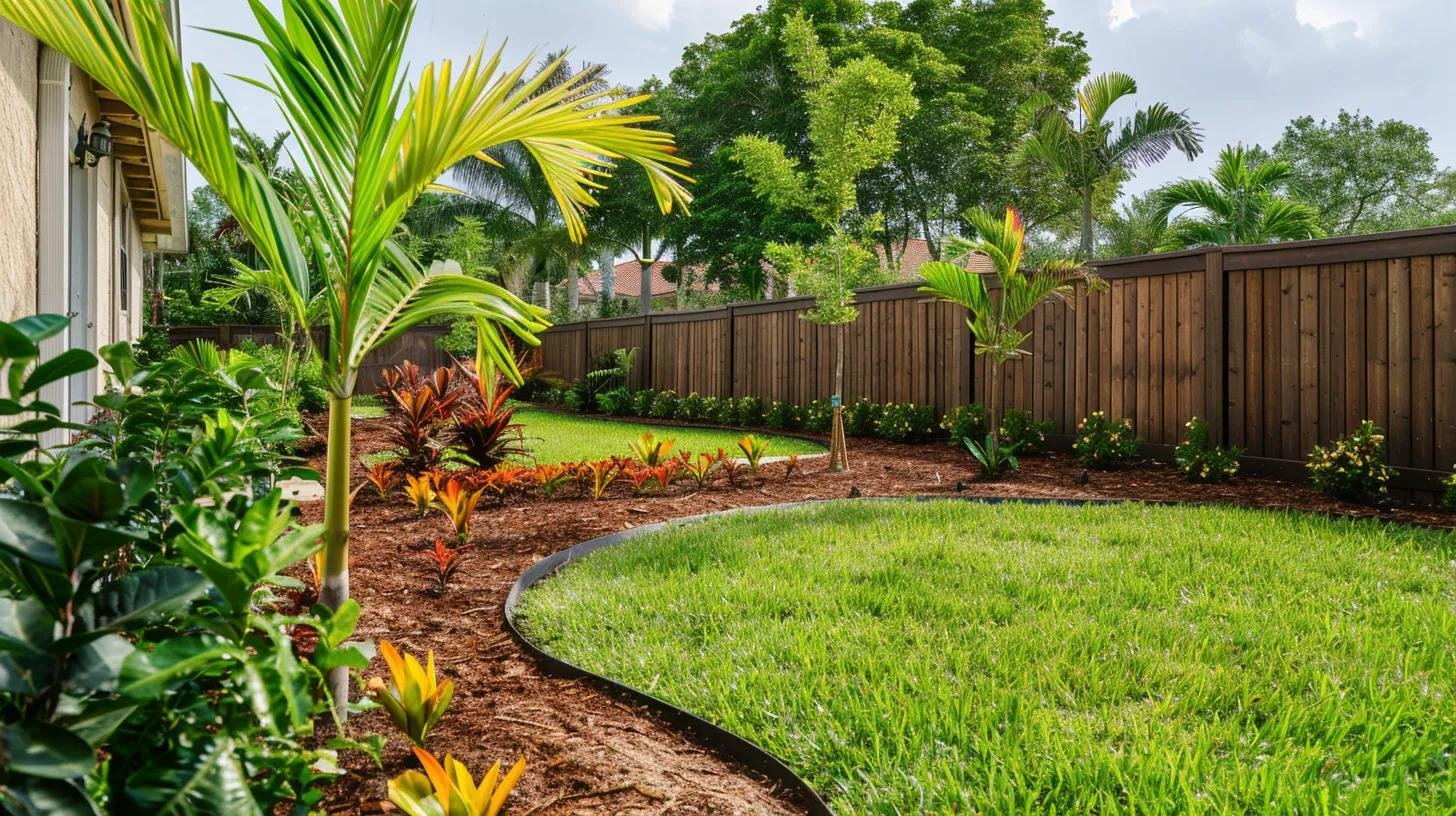
South Florida’s climate creates a perfect storm of conditions that favor termite activity year-round. The combination of high humidity, warm temperatures, and frequent precipitation provides ideal breeding and feeding conditions for multiple termite species. This unique environment requires specialized knowledge and targeted inspection techniques.
The region’s sandy soil composition facilitates subterranean termite movement, allowing these pests to travel extensive distances underground before surfacing near or within structures. Professional inspectors understand these local conditions and adjust their inspection techniques accordingly, checking areas that might be overlooked in other climates.
Seasonal weather patterns also influence termite behavior in ways that inexperienced inspectors might miss. Fall’s increasing moisture levels can trigger swarming behavior in certain termite species, creating opportunities for new colony establishment. Trained professionals recognize these patterns and can identify early signs of new infestations that might not be apparent to untrained observers.
Local construction practices and materials common in South Florida also require specialized knowledge. Many homes feature construction elements that are particularly vulnerable to termite attack, such as wooden deck attachments, landscape timbers, and certain types of siding. Professional inspectors familiar with regional construction patterns can identify these high-risk areas and provide targeted recommendations.
The Science Behind Professional Termite Detection
Modern termite inspection techniques go far beyond simple visual examinations. Professional pest control technicians employ sophisticated tools and methodologies that can detect termite activity even in its earliest stages. These advanced techniques are particularly valuable during fall inspections when termite behavior patterns may be shifting.
Moisture meters play a crucial role in professional inspections, as termites require specific moisture levels to survive and thrive. By identifying areas with elevated moisture content, inspectors can pinpoint locations where termite activity is most likely to occur. Fall’s changing weather patterns can create new moisture pockets within structures, making this technology especially valuable during seasonal inspections.
Thermal imaging technology allows inspectors to identify temperature variations that may indicate termite activity. Active termite colonies generate heat signatures that can be detected through specialized cameras, revealing infestations hidden within walls or other inaccessible areas. This non-invasive technique provides comprehensive coverage without requiring destructive investigation methods.
Sound detection devices can identify the subtle noises associated with termite feeding and movement. Trained technicians use these sensitive instruments to detect termite activity within walls, floors, and other hidden areas. The relatively quiet conditions of fall make sound detection particularly effective, as background noise from air conditioning systems and other equipment may be reduced.
Comprehensive Fall Inspection Components
A thorough fall termite inspection encompasses multiple areas of your property, both interior and exterior. Professional inspectors follow systematic protocols to ensure no potential termite entry points or activity areas are overlooked. Understanding these inspection components helps homeowners appreciate the value of professional services.
Exterior inspections focus on the building’s perimeter, where most termite problems begin. Inspectors examine foundation areas, looking for mud tubes, wood-to-soil contact points, and moisture accumulation areas. They also assess landscaping features that might provide termite access routes, such as mulch beds, wooden borders, and irrigation systems that create favorable conditions.
Interior inspections target areas where termite activity is most likely to be detected. Basements, crawl spaces, and utility areas receive particular attention, as these locations often provide the moisture and access points that termites prefer. Inspectors also examine areas around plumbing, where leaks might create conducive conditions, and check structural elements for signs of damage.
Attic inspections are often overlooked by homeowners but are crucial for comprehensive termite assessment. Drywood termites frequently establish colonies in attic areas, where they can remain undetected for extended periods. Professional inspectors check wooden support beams, roof decking, and other structural elements for evidence of termite activity.
Additional services like attic sanitation may be recommended if termite activity is discovered, as contaminated insulation can harbor pests and reduce the effectiveness of treatment efforts.
Timing Your Fall Inspection for Maximum Effectiveness
The optimal timing for fall termite inspections in South Florida typically falls between late September and early November. This window provides the best balance of favorable inspection conditions and actionable results. Weather patterns during this period often reveal termite activity that may have been hidden during the more extreme conditions of summer.
Early fall inspections, conducted in September and early October, can catch termites before they begin their winter preparations. During this period, colony activity remains high, making detection easier while providing ample time for treatment before any seasonal behavioral changes occur. This timing also allows for treatment completion before the holiday season when scheduling may become more challenging.
Late fall inspections, conducted in November, offer the advantage of revealing how termite populations have responded to the seasonal transition. Any new colonies established during late summer will be more apparent, and existing colonies will have revealed their full extent of activity. This timing provides the most comprehensive picture of termite threats to your property.
Weather conditions also play a role in inspection timing. Scheduling inspections during periods of moderate humidity and stable weather provides optimal conditions for detection equipment and allows inspectors to access all areas of your property safely. Professional pest control companies can advise on the best timing based on current weather patterns and seasonal forecasts.
Treatment Options and Immediate Action Steps
When fall termite inspections reveal active infestations, immediate action is essential to prevent further damage. Modern termite treatment options offer effective solutions that can eliminate existing colonies and provide long-term protection against future infestations. Understanding these options helps homeowners make informed decisions about protecting their properties.
Liquid termiticide treatments remain the gold standard for subterranean termite control. These treatments create protective barriers around structures that eliminate termites attempting to access the building and prevent new infestations. Fall application of liquid treatments takes advantage of seasonal soil conditions that enhance treatment effectiveness and longevity.
Termite baiting systems offer an alternative approach that targets entire colonies rather than just individual termites. These systems work particularly well when installed during fall months, as changing seasonal conditions can increase termite foraging activity and improve bait acceptance rates. Professional monitoring ensures optimal system performance and colony elimination.
For drywood termite infestations discovered during fall inspections, targeted treatments such as localized injections or fumigation may be necessary. The moderate temperatures of fall create ideal conditions for these treatments, improving their effectiveness while minimizing disruption to daily life.
Fort Lauderdale termite treatment options encompass various approaches tailored to specific infestation types and property characteristics, ensuring the most effective solution for each situation.
Integration with Comprehensive Pest Management
Fall termite inspections work best as part of a comprehensive pest management strategy that addresses the full spectrum of potential threats to your property. Many pest issues are interconnected, and a thorough approach provides better protection and value for homeowners. Professional pest control services can coordinate multiple treatments and prevention strategies for optimal results.
Seasonal pest prevention strategies recognize that different pests pose threats at different times of the year. Fall termite inspections complement other seasonal treatments, creating a year-round protection program that addresses each threat at its most vulnerable point. This integrated approach is more effective and often more cost-efficient than addressing each pest problem individually.
Indoor pest control measures work synergistically with termite prevention efforts. Many of the moisture control and structural modifications that prevent termite infestations also discourage other pests. Indoor pest control strategies for Palm Beach and Broward County properties often overlap with termite prevention measures, creating comprehensive protection.
Environmental factors that favor termites often encourage other pest activity as well. Addressing these underlying conditions through comprehensive pest management provides broader protection while being more environmentally responsible and cost-effective than multiple independent treatments.
The Long-Term Value of Proactive Termite Management
Investing in fall termite inspections provides value that extends far beyond the immediate cost of the service. Proactive termite management protects your property value, reduces long-term maintenance costs, and provides peace of mind that your home is protected against one of its most significant threats.
Property value protection represents one of the most significant benefits of regular termite inspections. Real estate transactions often include termite inspections, and a history of professional pest management can be a valuable selling point. Conversely, evidence of past termite damage can significantly impact property values and create complications during sales negotiations.
Insurance considerations also make proactive termite management financially prudent. While most homeowner’s insurance policies exclude termite damage, maintaining professional pest control services may provide some protection through warranty programs and can demonstrate due diligence in property maintenance.
The cumulative cost of regular inspections and preventive treatments is typically far less than the cost of addressing major termite damage. Professional services can identify and address problems before they require expensive structural repairs, making proactive management a sound financial strategy.
Professional Expertise Makes the Difference
While some homeowners attempt to conduct their own termite inspections, professional expertise provides significant advantages that justify the investment. Trained technicians possess the knowledge, experience, and equipment necessary to identify termite activity in its earliest stages and recommend appropriate treatment strategies.
Professional training programs ensure that certified technicians understand termite biology, behavior patterns, and treatment options. This knowledge allows them to distinguish between different termite species and tailor their inspection and treatment approaches accordingly. University-trained professionals, such as those who have completed programs like the University of Florida’s Pest Management University, bring advanced scientific understanding to practical pest control applications.
Experience working with South Florida’s unique pest challenges provides additional value that cannot be replicated through general training. Local pest control professionals understand regional termite species, seasonal behavior patterns, and construction practices that influence termite risk. This specialized knowledge results in more effective inspections and better treatment recommendations.
Professional equipment and techniques detect termite activity that would be missed by untrained inspectors. The investment in specialized detection equipment and ongoing training ensures that professional services provide comprehensive coverage that protects your investment effectively.
Taking Action: Your Next Steps
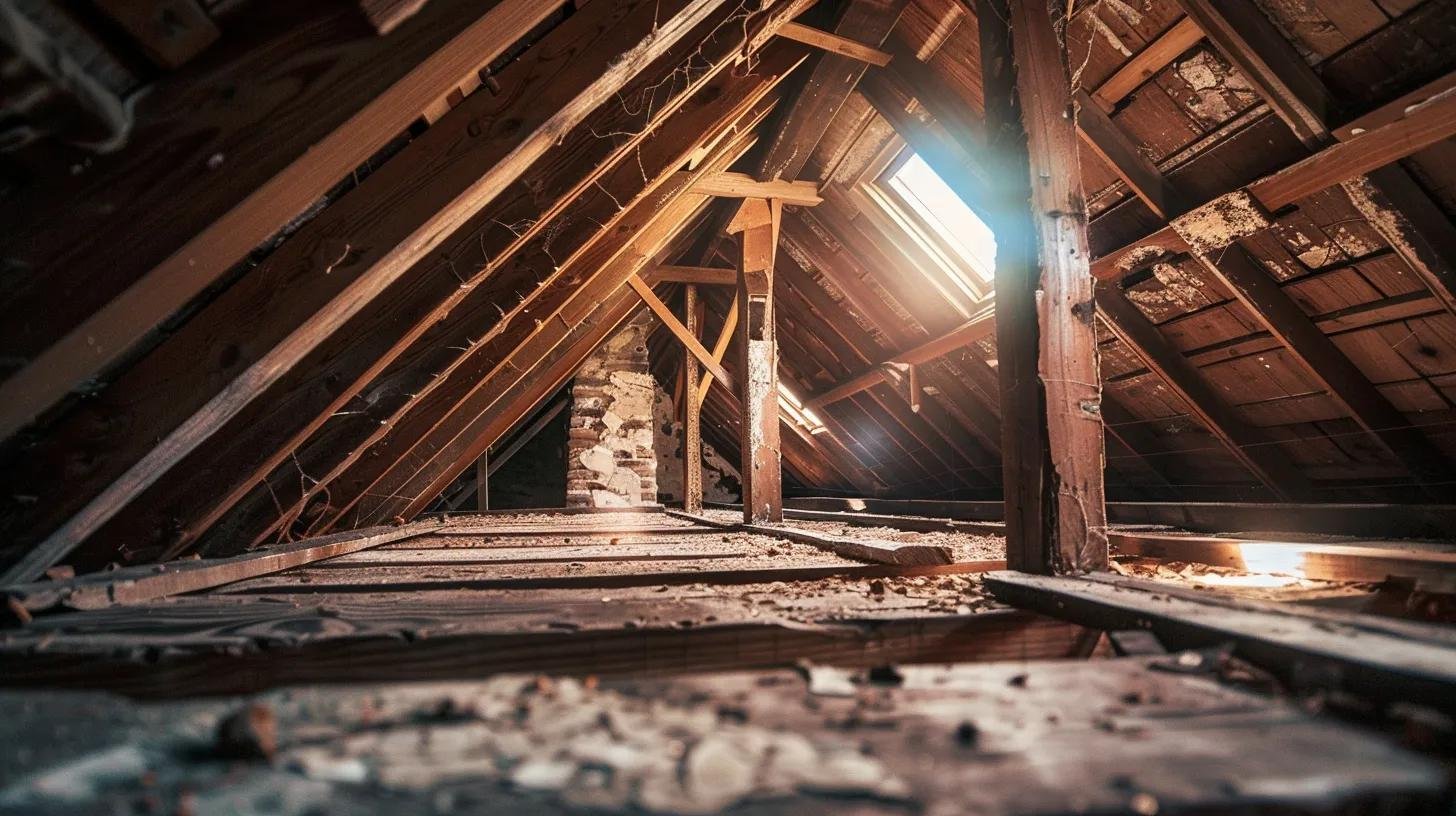
Understanding the importance of fall termite inspections is the first step toward protecting your South Florida property. Taking action requires partnering with qualified professionals who can provide comprehensive assessment and effective treatment options tailored to your specific situation.
Research local pest control companies to find providers with appropriate certifications, experience with South Florida termite species, and positive customer reviews. Look for companies that offer comprehensive inspection services and provide detailed reports explaining their findings and recommendations.
Schedule your fall termite inspection as soon as possible to take advantage of optimal seasonal conditions. Early action provides the best opportunity for detection and treatment while minimizing potential damage to your property. Don’t wait for visible signs of termite activity, as these pests often cause significant damage before becoming apparent to untrained observers.
Consider establishing an ongoing relationship with a professional pest control provider for regular monitoring and preventive treatments. This proactive approach provides the best long-term protection and often results in cost savings compared to reactive treatments after problems develop.
Fall termite inspections represent a small investment that can prevent major expenses and protect your most valuable asset. With South Florida’s year-round termite activity and favorable conditions for these destructive pests, professional inspection and treatment services are essential components of responsible homeownership. Take action now to ensure your property remains protected against these silent destroyers.



